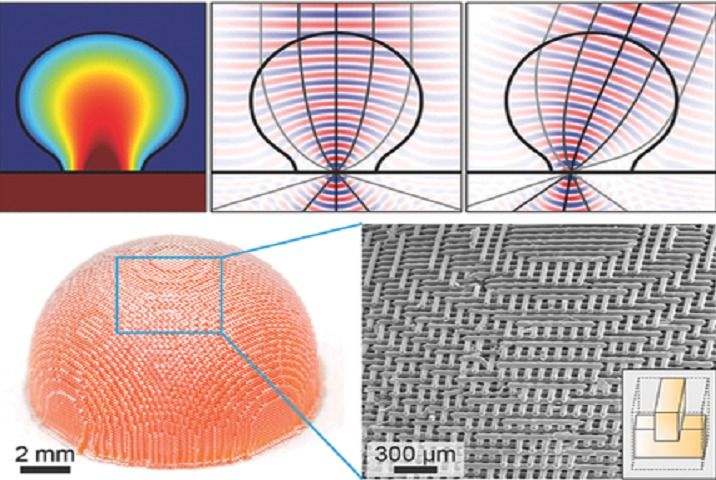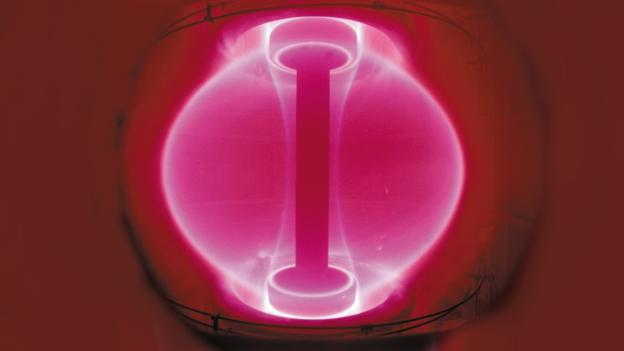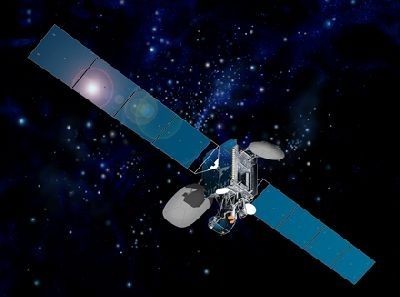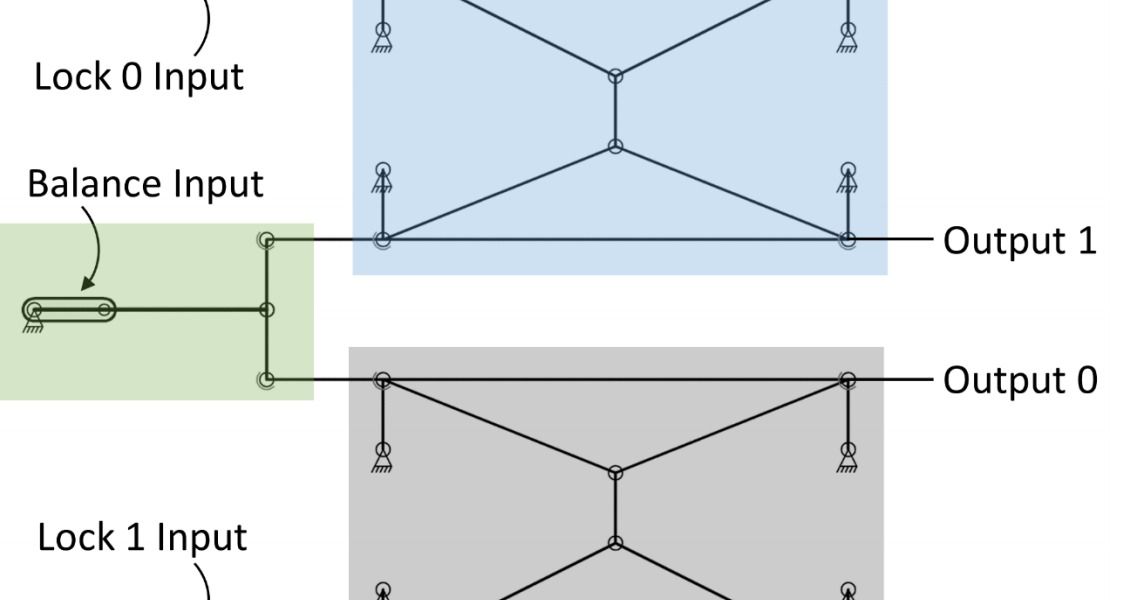May 2, 2016
Northwestern University Research Group Uses 3D Printing to Create Terahertz Lens
Posted by Karen Hurst in categories: 3D printing, 4D printing, energy, nanotechnology
The Illinois-based Northwestern University has utilized 3D printing technology to research a variety of vital applications, from 3D printing fuel cells to 4D printing materials on the nanoscale. Now, researchers from the prestigious institution are looking at 3D printing technology through a unique lens—a terahertz lens, to be exact. Generally unknown within the electromagnetic spectrum, hidden in between the more commonly known wavelengths of microwaves and infrared, lies the information-packed terahertz spectrum. The terahertz is not only a forgotten frequency, it’s also rarely studied, let alone well understood, yet it has high value in applications regarding imaging and communications.
One research group, led by Northwestern University’s Cheng Sun, has used metamaterials and a unique style of SLA technology called projection micro-stereolithography to manufacture a novel lens capable of working with terahertz frequencies. The 3D printed terahertz gradient-refractive index lens has better imaging capabilities than other commonly used lenses, and also enables researchers to make more advances with the relatively unknown world of the terahertz.


















